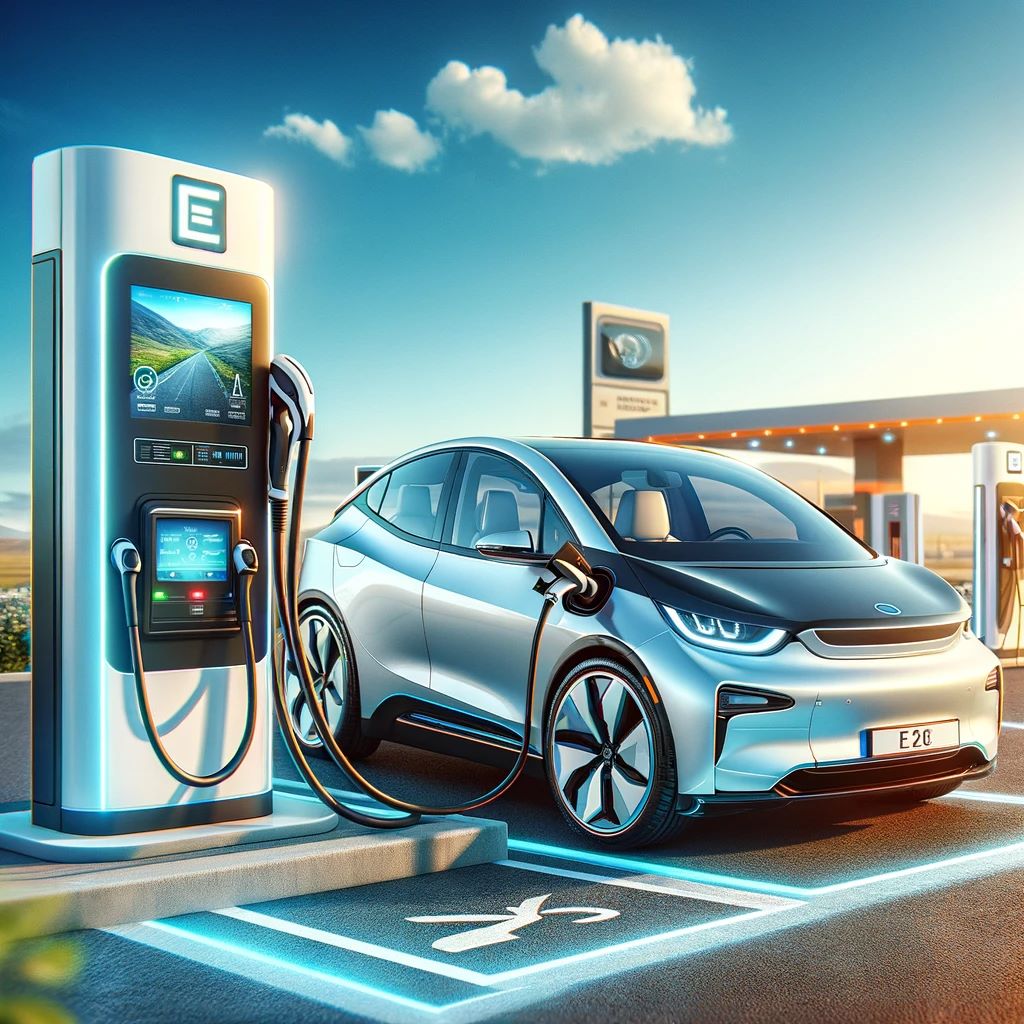
Outline
-
Introduction
- Brief history of electric vehicles (EVs)
- Recent growth trends
-
Technology Development
- Battery technology (advancements and challenges)
- Charging infrastructure (global trends and improvements)
- Integration of renewable energy sources
-
Market Dynamics
- Key players in the EV market
- Market share and sales trends
- Emerging markets for EVs
-
Government Policies and Incentives
- Role of government policies in EV adoption
- Notable policies and incentives across different countries
-
Challenges and Opportunities
- Environmental impact
- Economic factors
- Consumer acceptance and awareness
-
Future Trends and Predictions
- Advancements in autonomous EVs
- Potential market growth and technological innovations
- Long-term impact on transportation
-
Conclusion
- Summary of current state
- The road ahead for the EV industry
Introduction
The journey of electric vehicles (EVs) from a niche market to a mainstream choice has been remarkable.
Originating in the late 19th century, EVs have undergone significant transformations.
Recently, there has been an exponential growth in the EV market, driven by technological advancements, environmental awareness, and supportive government policies.
Technology Development
Battery Technology
The heart of an EV’s technology lies in its battery.
Recent years have seen significant advancements in battery technology, with a focus on increasing energy density, reducing charging time, and extending lifespan.
However, challenges like high costs and concerns over raw material sourcing remain.
Charging Infrastructure
A robust charging infrastructure is pivotal for EV adoption.
Globally, there has been a substantial increase in the number of charging stations, with innovations such as fast charging and wireless charging emerging.
Integrating renewable energy sources into this infrastructure is also gaining traction.
Market Dynamics
Key Players
The EV market has witnessed the rise of both traditional automotive giants and new entrants.
Companies like Tesla, Nissan, and Chevrolet have been at the forefront, while newcomers like Rivian and Lucid are making significant strides.
Market Share and Sales Trends
Sales of EVs have been soaring, with significant market penetration in countries like Norway, China, and the USA.
This trend is expected to continue, with EVs predicted to gain a substantial share of the automobile market in the coming years.
Emerging Markets
Developing countries are increasingly becoming key players in the EV market, with growing awareness and government support.
Government Policies and Incentives
Government policies play a crucial role in promoting EV adoption. Incentives like tax rebates, grants, and subsidies have been effective.
Countries like Norway, China, and the USA have implemented impactful policies, significantly boosting EV sales.
Challenges and Opportunities
Environmental Impact
EVs offer a substantial reduction in carbon emissions, contributing to the fight against climate change.
However, concerns about the environmental impact of battery production and electricity generation persist.
Economic Factors
The initial high cost of EVs is a barrier to wider adoption.
However, the total cost of ownership over time is often lower compared to conventional vehicles, providing a long-term economic benefit.
Consumer Acceptance and Awareness
Consumer perception and awareness significantly influence EV adoption. Increasing awareness about the benefits of EVs is as crucial as technological advancements.
Future Trends and Predictions
Advancements in Autonomous EVs
Autonomous driving technology is evolving rapidly, and its integration with EVs is expected to revolutionize transportation.
Potential Market Growth
The EV market is poised for substantial growth. Technological advancements, along with increasing environmental concerns, are expected to drive this growth.
Long-term Impact on Transportation
EVs are set to have a lasting impact on the transportation sector, potentially leading to a more sustainable and efficient transportation system.
Conclusion
The electrical vehicle industry is at a pivotal juncture, with rapid advancements and growing market acceptance.
Despite challenges, the future looks promising, with EVs playing a crucial role in shaping sustainable transportation.
The industry’s journey ahead is not just about technological innovation but also about reshaping public perception and policy landscapes.


